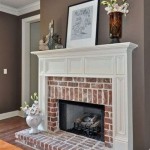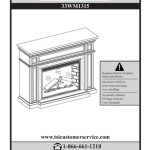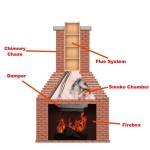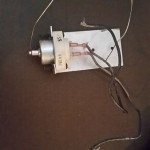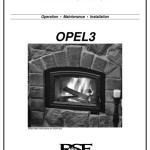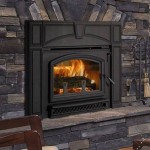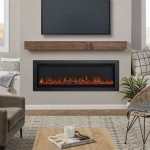Best Type of Wood to Burn in Your Fireplace
Whether you're looking to create a cozy atmosphere on a cold winter night or simply enjoy the warmth of a crackling fire, choosing the right type of wood to burn in your fireplace is essential. Different types of wood have different burning characteristics, such as heat output, aroma, and smoke production. Understanding these characteristics will help you select the best wood for your specific needs and preferences.
Hardwoods vs. Softwoods
Generally, hardwoods are denser and burn longer than softwoods. They produce more heat and less smoke, making them a good choice for overnight burns or when you want to enjoy a longer fireside experience. Some popular hardwoods include oak, maple, birch, ash, and hickory.
Softwoods, on the other hand, burn faster and hotter. They produce more flames and sparks, which can create a more lively fire. However, they also tend to produce more smoke and creosote, which can build up in your chimney and cause potential fire hazards. Softwoods include pine, fir, spruce, and cedar.
Seasoned vs. Unseasoned Wood
Seasoning refers to the process of drying out wood to reduce its moisture content. Seasoned wood burns more efficiently, produces less smoke, and creates more heat than unseasoned wood. Ideally, firewood should be seasoned for at least six months in a dry, well-ventilated area.
Burning unseasoned wood can lead to several problems, including excessive smoke, decreased heat output, and a higher risk of creosote buildup. It can also be more difficult to ignite and may cause your fireplace to burn less efficiently.
Aroma and Aesthetics
In addition to heat output and burning characteristics, the type of wood you burn can also affect the aroma and aesthetics of your fire. Certain woods, such as cedar and applewood, produce a pleasant smell while burning. Others, like oak and birch, have a more subtle aroma.
The bark of different woods can also influence the appearance of your fire. For example, cherry bark burns with a bright, reddish glow, while oak bark produces a golden flame. Consider the aesthetic appeal of different woods when selecting your firewood.
Conclusion
Choosing the best type of wood to burn in your fireplace requires considering various factors such as heat output, smoke production, aroma, and aesthetics. Hardwoods generally burn longer and cleaner than softwoods, while seasoned wood is more efficient and produces less smoke than unseasoned wood. Additionally, the type of wood you burn can impact the smell and appearance of your fire. By understanding these characteristics, you can select the wood that best suits your needs and preferences, ensuring a cozy and enjoyable fireside experience.

What Is The Best Wood To Burn In Your Fireplace Does It Matter

The Best And Worst Types Of Wood For Burning In Fireplace Bob Vila

What S The Best Wood To Burn For My Fireplace Capitol Chimney

Guide To Choosing The Right Firewood Forest Master

What Is The Best Wood For Fireplace Comfort All Winter Long

What Kind Of Wood Is Good To Burn In Your Stove Or Fireplace

Best And Worst Woods For Fireplaces

The Best And Worst Types Of Wood For Burning In Fireplace Bob Vila

Best Wood To Burn 5 Effective Guides Follow

The Best And Worst Types Of Wood For Your Burning Fireplace Dreifuss Fireplaces
Related Posts


